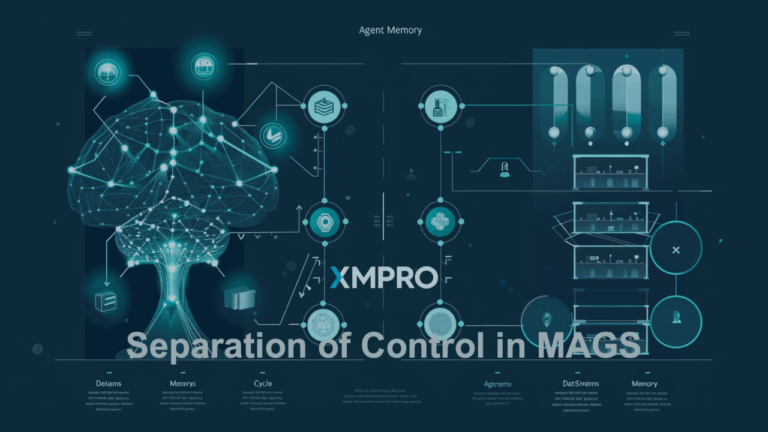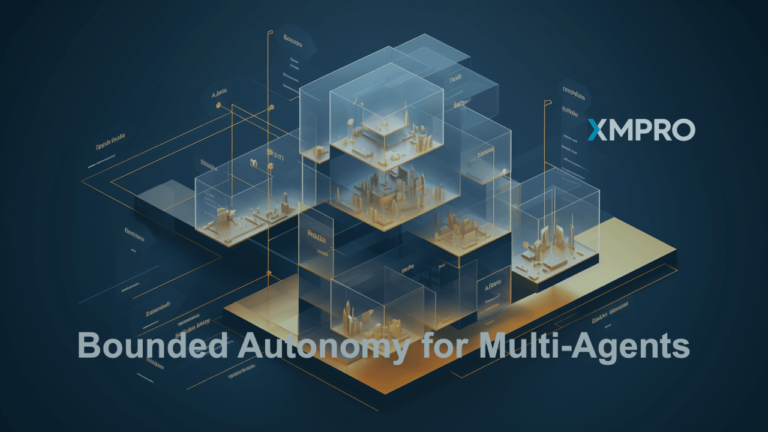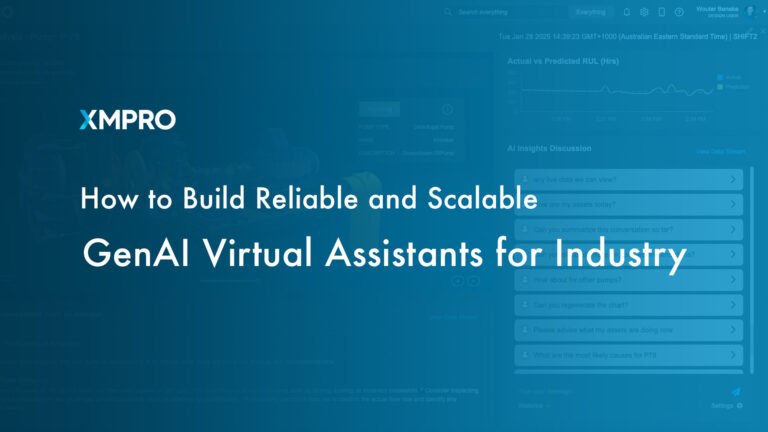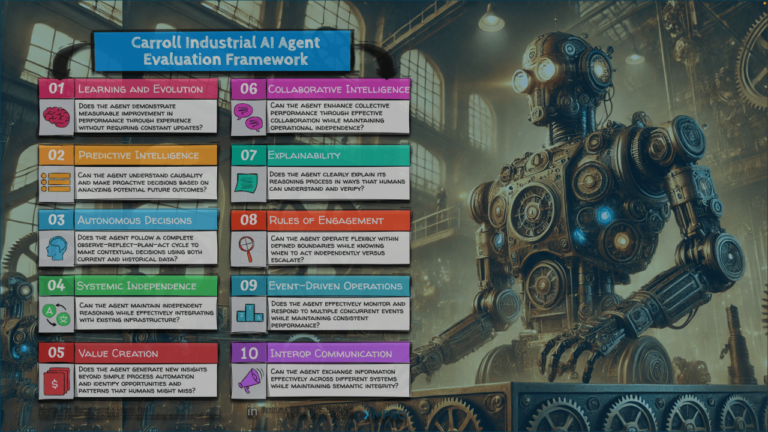
The mobile app economy made us become accustomed to being ‘always on’, having the right information when we need it and getting real-time notifications of events as they happen. We can’t imagine a world without our connected smartphone. The Internet of Things is changing Field Service in a similar way. Situational awareness through sensors and real-time data is changing the competitive landscape of Field Services.
– Pieter van Schalkwyk, CEO XMPro
We see 3 ways in which the Internet of Things is changing field service:
Predictive maintenance is delighting customers
In February 2015, the Aberdeen Group surveyed 219 service and manufacturing organizations. They found that customer satisfaction was the #1 indicator for measuring the success of a service organization.1
Best in class organizations are already connecting their equipment to the Internet of Things. And as a result they’re seeing customer satisfaction improve.
How did they get started?
By investing in an Intelligent Business Operations Platform that makes it possible to use real-time data from sensors and the IoT with predictive analytics to predict and prevent asset failure. This allows them to be proactive instead of reactive.
An Intelligent Business Operations Platform like XMPro embeds actionable predictive analytics into your business processes. This makes it easy for your technicians to make data-driven decisions and achieve what wasn’t possible before – fixing things before they break.
Higher asset uptime leads to more satisfied customers who continue spending their money with you.
Real-time data is leading to more first-time fixes
More than 4000 people from all demographics were recently polled about their experience with field service technicians. They were asked about the #1 reason for their problem not being fixed the first time. The most frequent answer? The technician didn’t have the correct parts with him to finish the job.2
But, for most organizations we speak to, field inventory is at an all-time high and technicians are still complaining that they don’t have the right parts. The Internet of Things now makes it possible to bridge this gap between what your technicians have and what they need.
The premise is simple. When you know what the problem is you’ll have a better understanding of the parts you’ll need to fix it. Giving technicians access to real-time data about an asset’s condition makes it possible to diagnose issues remotely. This allows them to find solutions before they leave for the customer’s site. And it means they’ll need less ‘just-in-case’ inventory in their truck.
Let’s say you have 10 000 field service trucks with $3000 of rolling inventory in each. That’s $30 million driving around. By making it easy for technicians to know which parts they’ll need, you can reduce the rolling inventory in each truck to $2000. This brings your total rolling inventory down to $20 million. And gives your CFO $10 million less to worry about.
Combining remote diagnostics and real-time parts management, will reduce the number of truck rolls you need to do. Having access to live data about rolling inventory makes assigning work orders a much easier task. By knowing which parts are required for a job and being able to see who has those parts with them, scheduling becomes more efficient and effective.
Outcome-based revenue models are taking you from provider to partner
Paul Daugherty, CTO of Accenture, defined the outcome economy in his WSJ article as:
“Where companies create value not just by selling products and services, but by delivering solutions that directly produce quantifiable results.”3
Adopting outcome-based revenue models can change the relationship you have with your customers. The Internet of Things is making it possible for you to provide customers with outcomes and not just services.
How could you change your business model to take advantage of the outcomes your customer wants? Could you deliver asset uptime as an outcome? Could you provide recommendations on how to improve processes based on the asset data you’re collecting?
Conclusion
Your field service organization is uniquely positioned to make the most of the opportunities presented by the Internet of Things. By combining predictive maintenance, remote diagnostics and outcome-based revenue models you can decrease service costs, improve first-time fix rates and build lasting relationships with your customers.


















